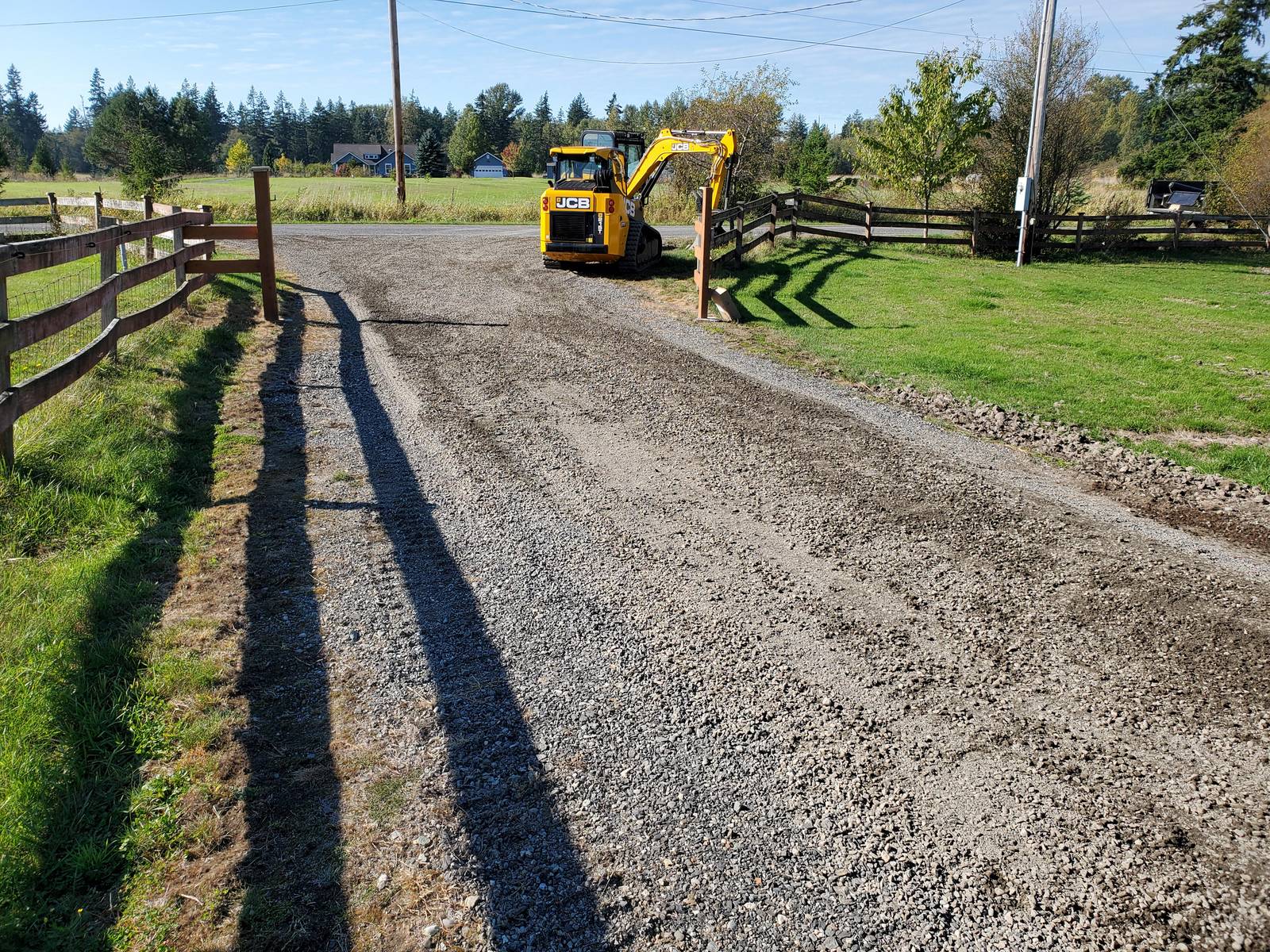High Quality Road Construction for Long-Lasting Roads
High Quality Road Construction for Long-Lasting Roads
Blog Article
Understanding Culvert Installation: Increase Your Land Drain Initiatives
From picking the right products to executing best techniques, mastering culvert setup can substantially enhance the performance and longevity of your land drain system. By comprehending the complexities of culvert setup, you can enhance your drain efforts and guarantee sustainable land usage methods.
Value of Culvert Installment
Ensuring correct culvert installment is paramount for maintaining effective land drainage systems. Culverts play an important role in managing water circulation, avoiding erosion, and preserving the architectural stability of roads, bridges, and various other infrastructure. Proper installment of culverts aids to funnel water far from roadways and buildings, lowering the danger of flooding and water damage. Furthermore, well-installed culverts aid in protecting against sediment accumulation, which can cause obstructions and reduced water flow.
Correct Sizing and Positioning

Correct positioning of culverts is similarly essential. Culverts ought to be placed at the least expensive point of the area requiring drainage to guarantee reliable water circulation. In addition, they need to be set up vertical to the natural incline of the land to stop obstructions and permit for smooth water flow. Strategic placement can help prevent waterlogging, soil disintegration, and roadway damage, making sure the longevity and performance of the land water drainage system.
Material Selection Tips
Selecting the appropriate products is critical in ensuring the durability and capability of culverts for reliable land drainage systems. When selecting materials for culvert setup, it is important to take into consideration elements such as the water circulation rate, soil composition, and ecological conditions of the website.
One of the most common products made use of for culverts is corrugated steel (Tree removal). Corrugated metal culverts are long lasting, economical, and very easy to mount. They are ideal for locations with high water flow prices and can withstand hefty loads. One more prominent option is concrete culverts, which use exceptional toughness and long life. Concrete culverts are suitable for areas vulnerable to corrosion or when a longer service life is wanted.
For environmentally sensitive areas, plastic culverts might be liked. In addition, in locations where official source natural aesthetics are crucial, materials like rock or timber can be made use of to build culverts that mix effortlessly into the surroundings.
Installment Methods and Ideal Practices
Provided the important significance of material option in making sure the functionality and longevity of culverts, the setup techniques and best practices play a crucial role in the overall success of land water drainage systems. Correct installation is essential to protecting against concerns such as leakages, collapses, or obstructions that can endanger the efficiency of the culvert.

During installment, treatment needs to be required go to straighten the culvert correctly and offer correct support to avoid contortion. Backfilling should be done progressively and compressed in layers to avoid spaces and settlement. Proper compaction is important to avoid changing or sinking of the culvert with time.

Maintenance and Long-Term Treatment
Carrying out a thorough upkeep plan is important for ensuring the long life and effective efficiency of culverts in land drainage systems. Routine inspections should be performed to inspect for any kind of indicators of damage, obstructions, or disintegration that might compromise the performance of the culvert. Clearing debris such as fallen leaves, branches, and debris is important to stop obstructing and preserve the flow ability of the culvert. Vegetation control around the culvert location is likewise crucial to stop origins from triggering architectural damage.
Routine upkeep tasks might include cleaning, repairing joints, strengthening inlet and outlet frameworks, and making certain appropriate slope and positioning of the culvert. Keeping in-depth records of upkeep activities, examinations, and fixings is vital for tracking the condition of the culvert over time and preparing future upkeep demands.
Conclusion
In conclusion, grasping culvert setup is critical for efficient land drain. By adhering to finest practices and carrying out long-lasting treatment methods, landowners can improve their drainage initiatives and make sure the durability and functionality of their culverts (Tree removal).
Report this page